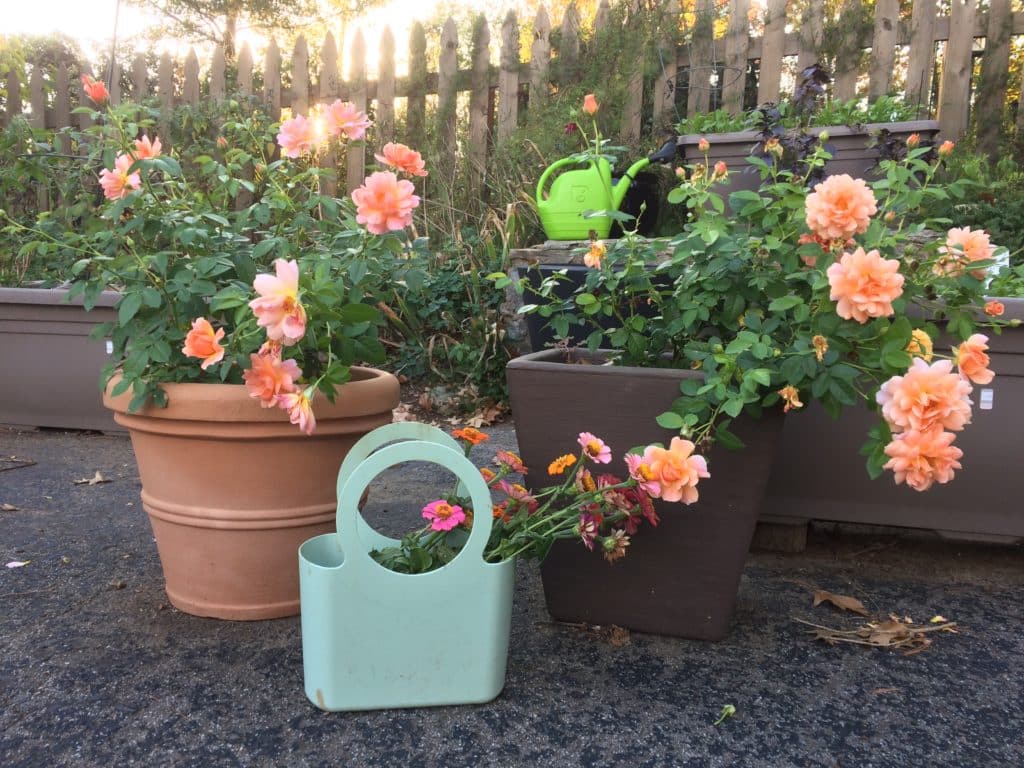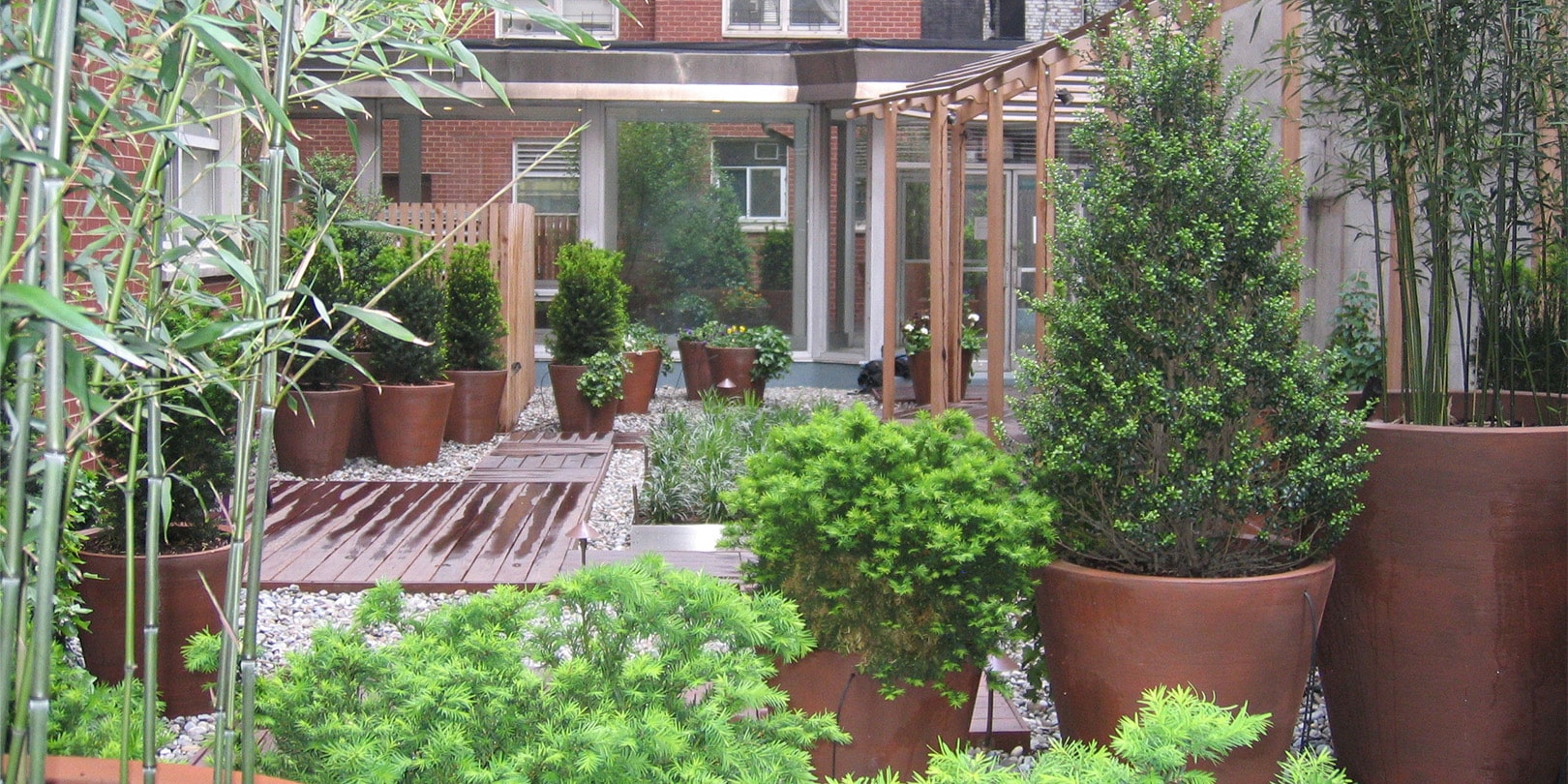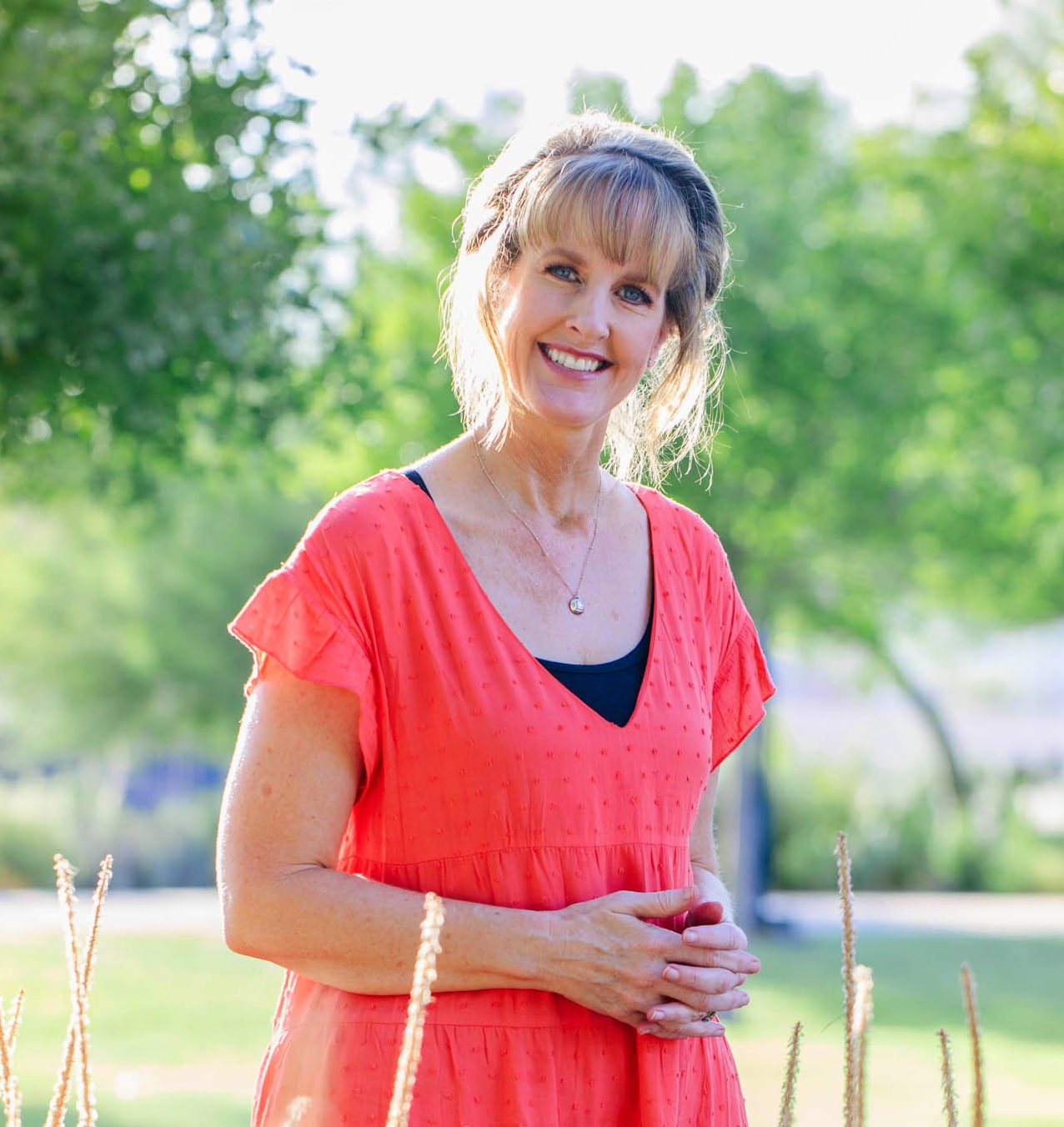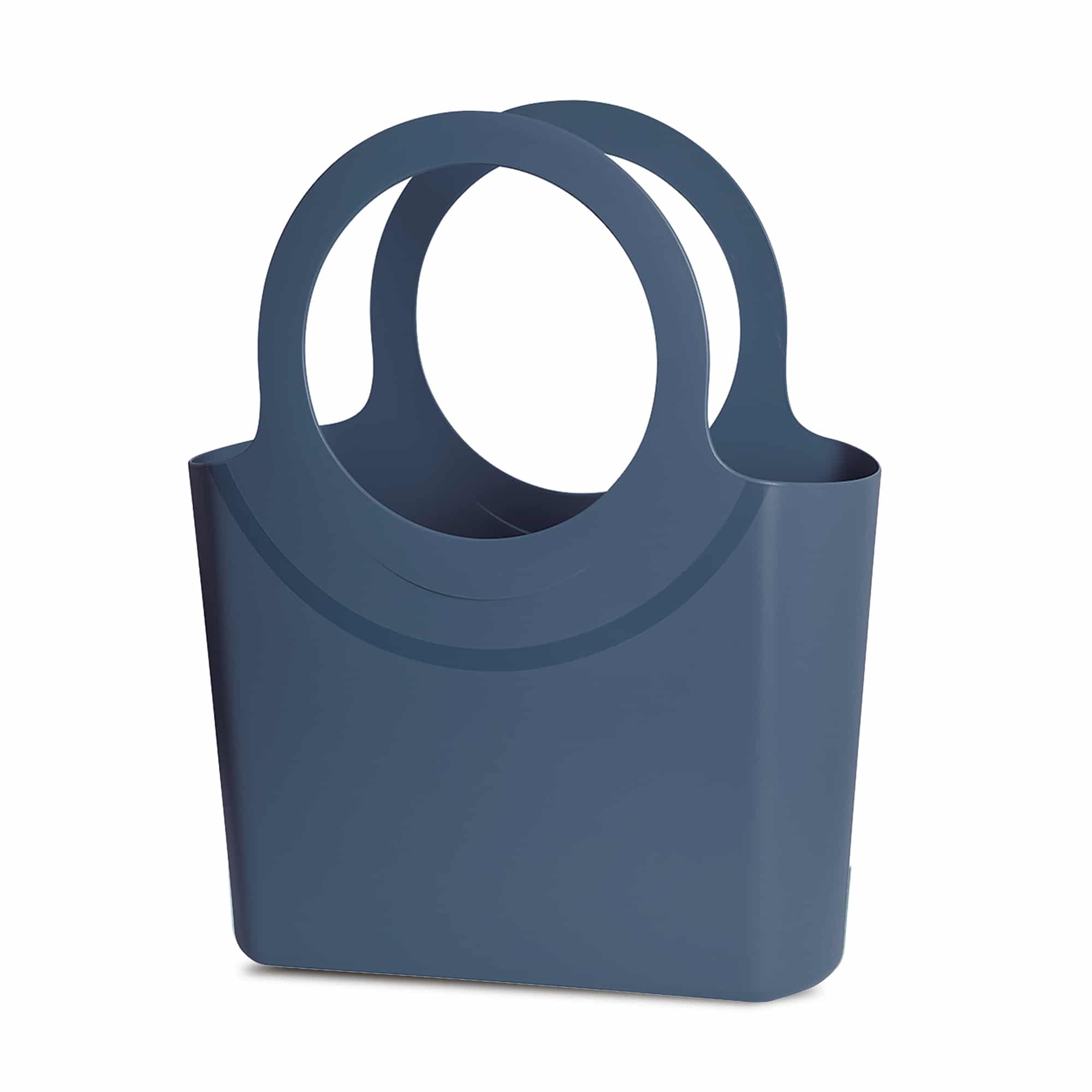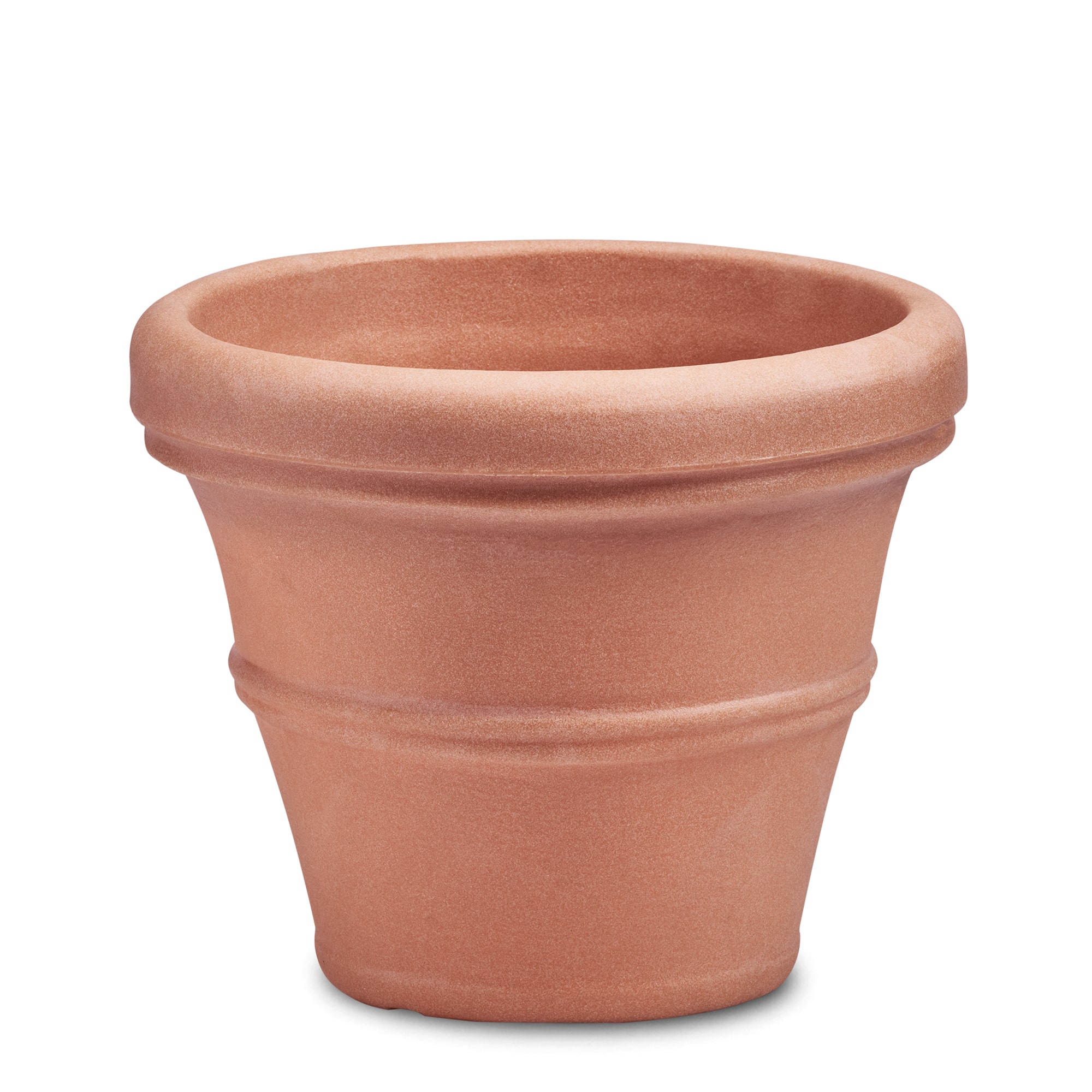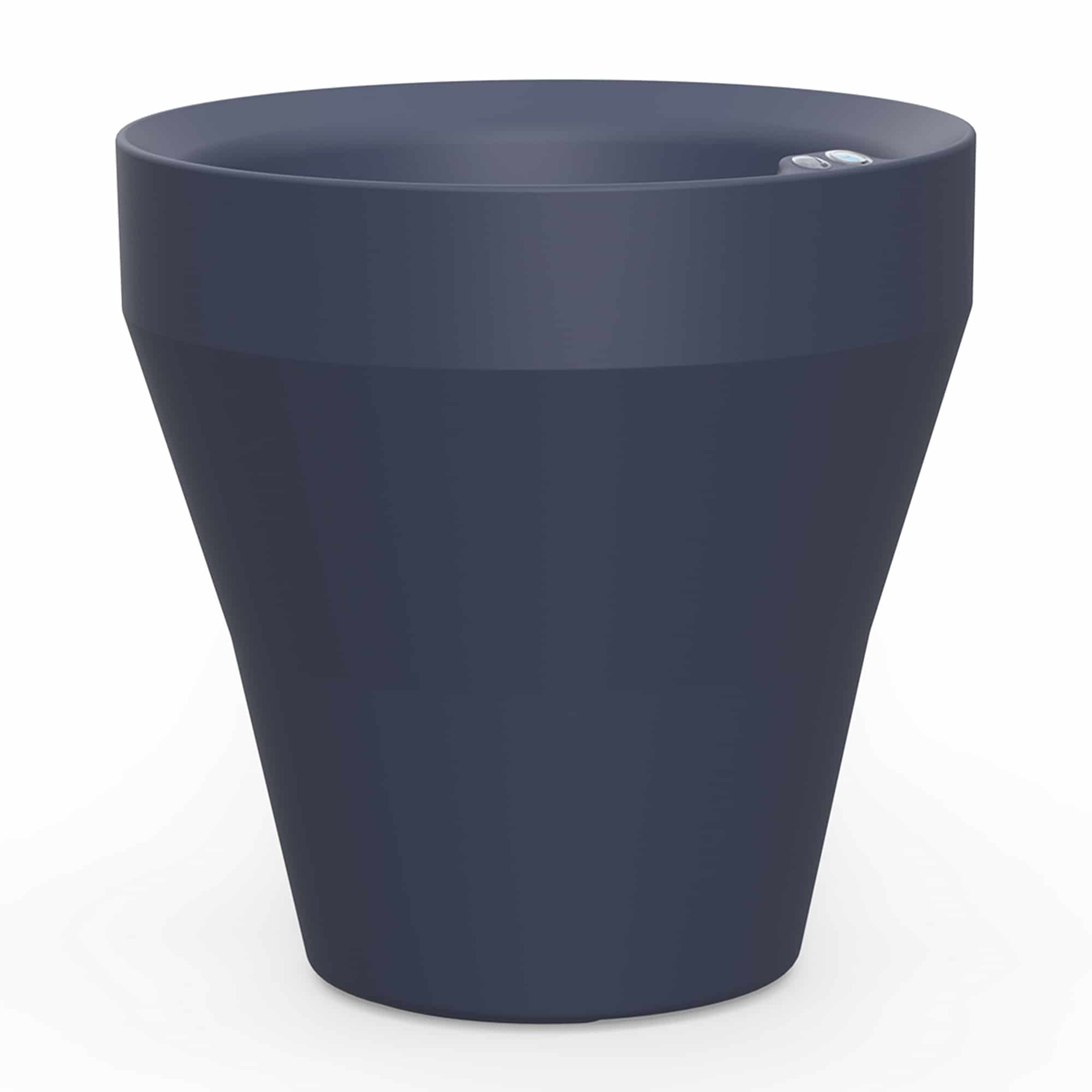Container gardening opens up an entire world of possibilities in the garden. Whether you have a large garden, balcony, or none at all, containers increase the amount of space you can grow plants. Another benefit of plants in containers is that they are portable, allowing you to move them as needed between seasons or even take them with you when you move.
When talking about container gardening, flowering annuals are what usually come to mind. However, they are just a small percentage of plants that do well in containers. Larger plants like shrubs are a great choice for containers as they are lower maintenance than annuals. They also have a more significant presence throughout the garden due to their larger size. Additional reasons for growing shrubs in containers include less frequent watering and fertilizing than annuals, and they don’t need replacing every year.
The versatility of shrubs allows them to be incorporated in different ways outside the home, including:
- Visually anchoring the corners of a patio, pergola, or pool
- Add a welcome splash of color by a door or in front of pillar
- Use as the tall, anchor plant within a grouping of several pots in varying sizes
- To fill an empty corner or soften the edges of a house
- Create a container pollinator garden near a window or door
- Allow you to add plants on hard surfaces such as a porch, patio
- Screen out an objectionable view and add attractiveness against a bare fence or wall
- To circumvent soil problems that prevent plants from growing in the ground
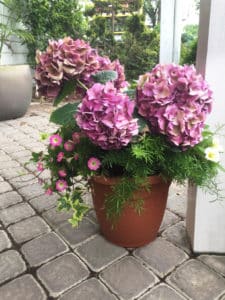
As you can see, there are many excellent uses for shrubs in a container. When deciding where to locate your container, there are two important factors to consider. First, look at the space available to ascertain what size shrub you need. Then take note of the sun exposure – sun, shade, or a mixture of both? Consider both of these questions when deciding on the size of the plant and container.
Containers used for shrubs should be at least 16-inches tall and wide along with hole(s) for drainage. A good guideline is to choose a container that is 6-12-inches wider than the root ball of the shrub. Avoid the mistake of using a container that is too large, which can cause root rot from overly wet soil. Keep in mind you can always repot your shrubs as they grow larger.
There are different types of containers that allow you to showcase your style. Terracotta pots work well but are porous and dry out faster than other kinds of pots, so will need more frequent watering. Self-watering containers are an excellent choice for shrubs as they water plants over by drawing up water from a reservoir at the bottom of the pot. Glazed pots can be used to add a beautiful decorative element to the landscape and colorful containers are a great way to add color to the outdoor space. Lightweight containers are a great option as they are easy to move around the garden.
Shrubs do best with a planting or potting mix formulated for container gardening – avoid the use of potting soil, which can hold onto too much water. For tall containers, 36-inches and over, you can fill the bottom third of the pot with recycled water bottles or gallon milk jugs (with caps on) to fill the empty space.
Once you have selected your spot, your container and have added the planting mix, now it’s time for planting. There are many different shrubs suitable for growing in a pot, but some do better than others. For large shrubs over 5 feet tall, look for dwarf varieties. When grown in containers, shrubs will be slightly smaller than if grown in the ground.
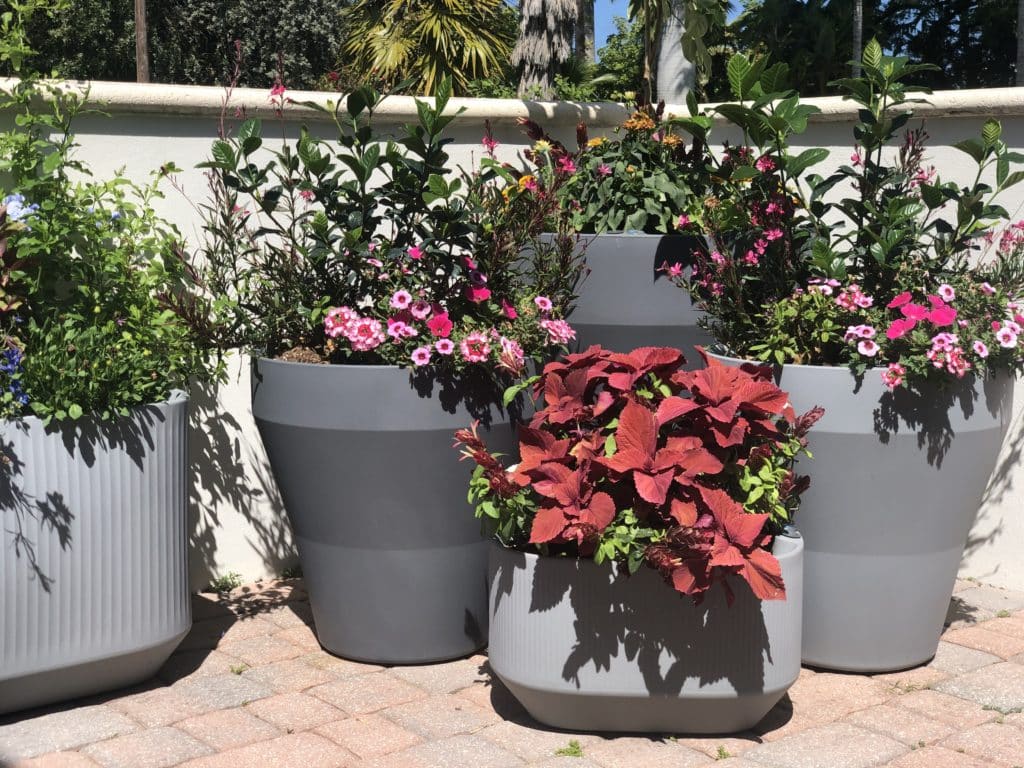
Here is a list of shrubs suitable for container gardening to consider:
- Azalea
- Blue Bells Emu
- Bougainvillea
- Boxwood
- Camelia
- Cape Honeysuckle
- Dwarf Butterfly Bush
- Firecracker Plant
- Gardenia
- Heavenly Bamboo
- Hibiscus
- Hydrangea
- Japanese Holly
- Lantana
- Lilac
- Mexican Honeysuckle
- Rose
- Shrubby Germander
- Yellow Bells
Once planted, caring for shrubs is relatively easy. Water when the top 3-inches of soil is dry (quick tip: you can stick your finger into the soil to determine this). When you add water, be sure to wet all the soil and see water coming out at the drainage holes. Plants grown in a pot will need supplemental fertilizer such as a slow-release fertilizer applied every 3-4 months during the growing season. Prune your shrubs as you would if planted in the ground.
In areas with cold winters, your shrubs may need some protection. While Crescent Garden planters can be left out in all weather conditions, their lighter weight makes it easier for you to bring more cold sensitive shrubs indoors to a garage or basement. In spring, gradually let them become acclimated to being outdoors again by increasing their time outdoors over several days.
The versatility of container-grown shrubs, paired with their low-maintenance, are sure to help you create a beautiful outdoor space whether large of small.
